Date: 6 March 2015
That is the conclusion of a recent survey of architects conducted by Hanley Wood, a leading media and information company in the construction industry.
Commissioned by SageGlass®, the leader in dynamic glass, the survey of 300 architects found 97 percent agree that people perform their jobs or functions better in buildings when exposed to natural light. This finding is consistent with the ongoing trend towards optimizing natural daylight while reduce building energy use.
But while the surveyed architects understand the benefits of designs that maximize natural daylight, 95 percent said solar control is still a significant issue in building design. Traditional methods of controlling the sun have always been a source of frustration to architects who design with glass, and only eight percent of the architects surveyed strongly agreed they are satisfied with their options for managing solar control today.
“Everyone enjoys a sunny day – until it affects us with glare in our eyes or too much heat in our space,” said Dr. Alan McLenaghan, CEO of SAGE Electrochromics, Inc., the manufacturer of SageGlass. “The research we have done affirms that architects are in-tune with this issue and are actively looking for innovative ways to better manage the sun for the comfort of building occupants.”
Controls such as mechanized shades, blinds or exterior louvers may block the sun but also limit exposure to daylight and the view to the outdoors – the very reasons why windows are designed into building facades. This fundamental issue is creating an opportunity for new technologies such as dynamic glass.
SageGlass is electrochromic dynamic glass. It electronically tints and clears on demand to block up to 99 percent of visible light (i.e. one percent visible light transmission) – the level required for excellent heat gain and glare control – as well as harmful ultraviolet rays that can cause fading of rugs and furnishings.
“This research demonstrates why dynamic glass is generating increased interest in the glazing and construction materials market,” said Derek Malmquist, vice president of marketing at SAGE. “Dynamic glass is a triple-benefit solution. You can block glare and heat from the sun, save energy, and let in just the right amount of light so building occupants are happy and productive without having to sacrifice natural light or a connection to the outdoors.”
The survey also identified a couple of key misperceptions about dynamic glass. Category confusion was revealed in 22 percent of respondents indicating they believed that dynamic glass was also “privacy glass”. Unlike privacy glass, SageGlass, even in full tint mode, is designed to intentionally provide a view to the outdoors.
Cost was also still a concern for those surveyed, but 20 percent of the architects questioned indicated they believe dynamic glass is indeed affordable, while 50 percent were undecided or “neutral” on the question. This illustrates there is still a need for education. In fact, solutions such as SageGlass are very competitive with traditional methods of solar control. Traditional methods require architects to budget for not only low-e windows, but also shades or blinds (plus installation and maintenance), exterior sunshades (plus transport and installation), larger HVAC systems, more lighting, increased energy usage, and peak demand electricity charges.
“While our potential customers invariably see SageGlass as an ’expensive premium glass product’, they are usually pleasantly surprised by the affordability of SageGlass when they remove the costs required for additional sun control devices and the maintenance associated with them,” said McLenaghan.
About Hanley Wood
Hanley Wood, LLC, is the premier media and information company serving the housing and commercial design and construction industries. Through its operating platforms, the company produces award-winning magazines and websites, marquee trade shows and events, market intelligence data and custom marketing solutions. The company also is North America’s leading publisher of home plans. www.hanleywood.com.
About SageGlass
SageGlass®, a product of Saint-Gobain, is advanced dynamic glass that can be electronically tinted or cleared to optimize daylight and improve the human experience in buildings. SageGlass manages the sunlight and heat that enter a building, significantly reducing energy consumption while improving people’s comfort and well-being. It can reduce a building’s cooling load by 20% and HVAC requirements up to 30%. It is a smarter, more elegant solution than conventional sun controls such as mechanical window shades, blinds and louvers. With SageGlass you can control sunlight and glare without shades or blinds while maintaining the view and connection to the outdoors. SageGlass is manufactured in Faribault, MN, in the heart of “the Silicon Valley of the window industry,” and is a wholly owned subsidiary of Saint-Gobain of Paris, the world’s largest building materials company.
For more information visit:
Website: www.sageglass.com
Twitter: twitter.com/Sage_Glass
Facebook: Facebook.com/SageGlass
LinkedIn: linkedin.com/company/sage-electrochromics-inc.
YouTube: Youtube.com/SAGEElectrochromics
About Saint-Gobain
Saint-Gobain, the world’s largest building materials company, has its North American headquarters in Valley Forge, Pennsylvania. As the world leader in sustainable habitat, Saint-Gobain is committed to inventing solutions to help professionals and communities around the world build and renovate comfortable, healthy, economical and energy-efficient buildings. The company has more than 265 locations in North America and approximately 15,000 employees. In the United States and Canada, Saint-Gobain reported sales of approximately $7.9 billion in 2013.
Recognized as a 2009 and 2010 ENERGY STAR Partner of the Year by the U.S. Environmental Protection Agency, Saint-Gobain earned the 2011, 2012, 2013 and 2014 ENERGY STAR Sustained Excellence Award, the highest level of recognition for outstanding contributions to protecting the environment through energy efficiency. For more information about Saint-Gobain in North America, visit www.saint-gobain-northamerica.com and connect with the company on Facebook and Twitter.
About Saint-Gobain
Located in 64 countries and headquartered in Paris with nearly 195,000 employees, Saint-Gobain, the world leader in the habitat and construction markets, designs, manufactures and distributes building materials, providing innovative solutions to meet growing demand for energy efficiency and for environmental protection. For more information about Saint-Gobain, please visit www.saint-gobain.com.



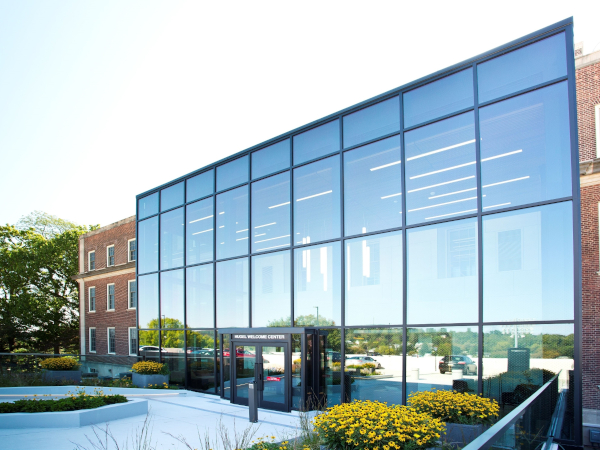

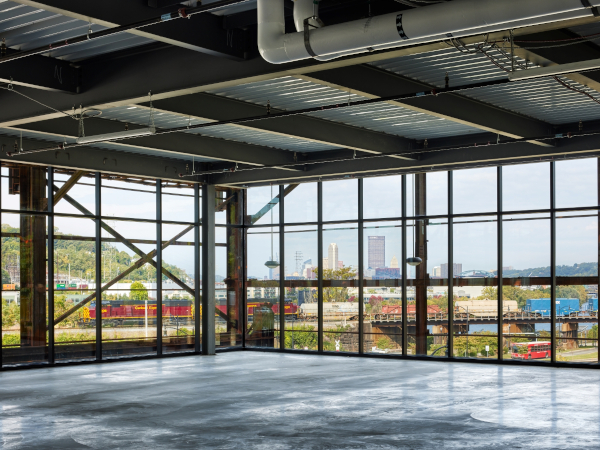
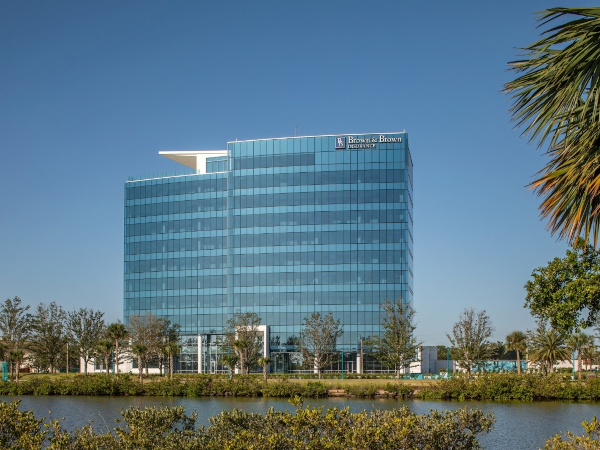







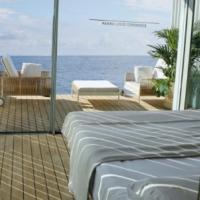

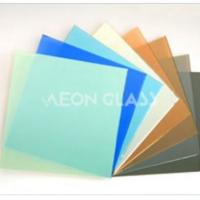

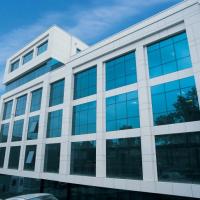

Add new comment